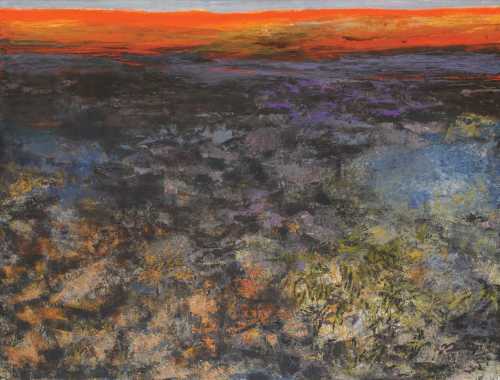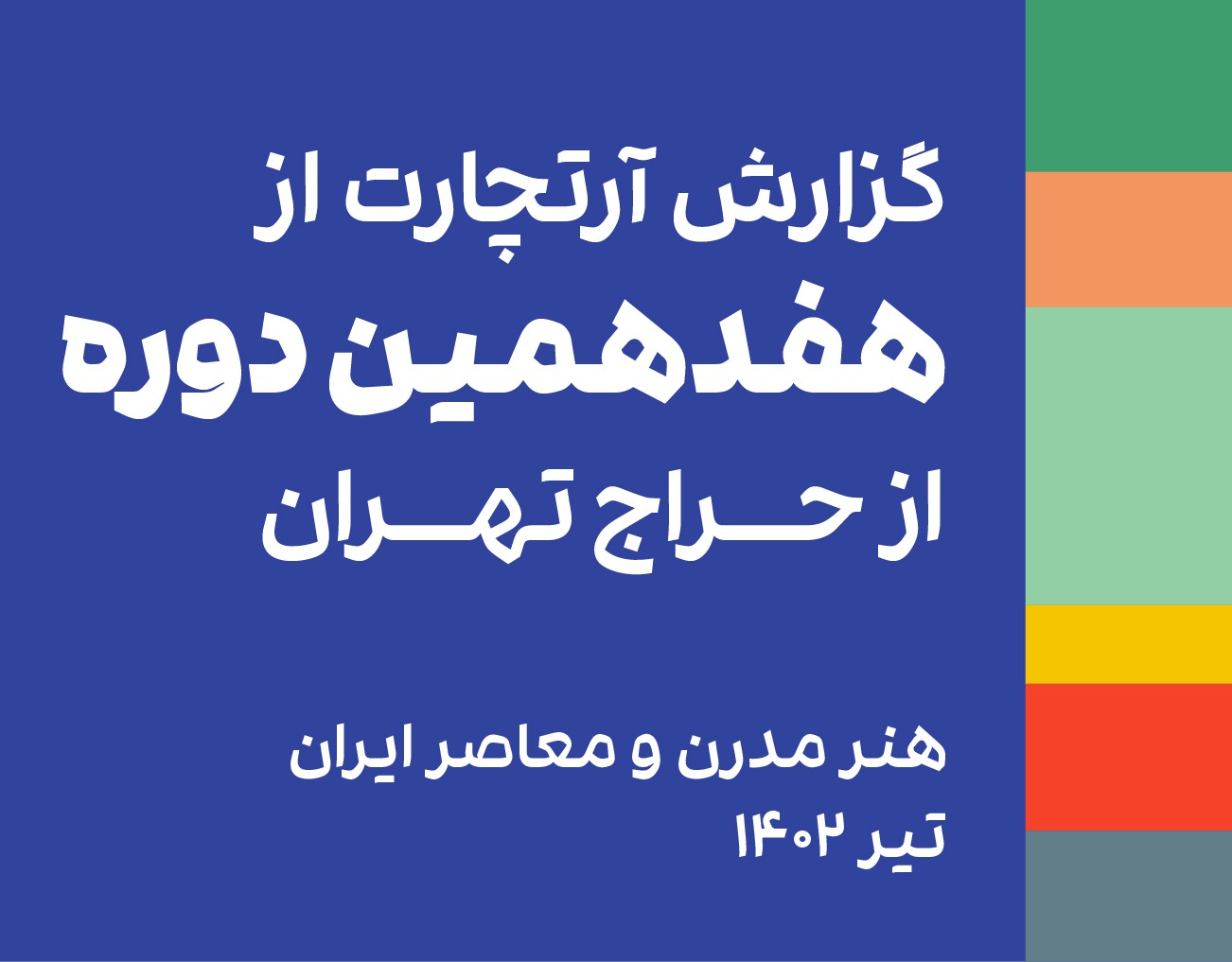About Karim Nasr
Karim Nasr, painter, Drawer, illustrator, and art teacher, was born in Rasht. He studied architecture at Central London Polytechnic between 1976 and 1980. He later completed his bachelor's degree in painting at the College of Decorative Arts and received his master's degree in illustration from the Faculty of Fine Arts in 1998. During his student days, he turned to illustration, created numerous illustrated books for children and teenagers, and won awards in several international biennials and festivals. Among these, we can mention the golden plaque from Bratislava in 1991 and the biennial design award of Iran.
From the end of the 1980s, Nasr devoted his activity mainly to painting. In 1996, for the first time, he held a solo exhibition of his designs and paintings in Aria Gallery. Since then, he has exhibited his works as a soloist and in a group in the country and abroad. He also collaborated with the +30 group for a while in this direction. A group of artists with different artistic tendencies and styles gathered to display their works and held several exhibitions in Iran, Japan, Italy, France, and Armenia. This group tried to use new media to communicate with the audience and ended its work in the mid-2000s. He has taught in art colleges since 1994 and private schools since 1997 in his portfolio. Nasr has tried to show people's relationship with each other and their environment by using the expressive possibilities of line and color in his various painting experiences, which sometimes approaches the border of abstraction. He wrote about this: "I have an irresistible pull towards objects, people, and their behavior and I am fascinated by realities that are not obvious, but I am sure of their existence; Realities that are not equivalent to the appearance of things and in those things show another face of themselves and their relationship is fluid, mixed and penetrating..." He follows the same approach in his sculptures and installations. A characteristic that was also evident in the exhibition "Karim Nasr is still alive" was; In a part of this work, the fragmented parts of the human body, which were made using metal springs and plaster, were arranged on the ground at a distance from each other. The distances of the components and their spatial ratio formed the central issue of these works. His designs and paintings have been collected and published in a book named after the artist, "Karim Nasr."
From the end of the 1980s, Nasr devoted his activity mainly to painting. In 1996, for the first time, he held a solo exhibition of his designs and paintings in Aria Gallery. Since then, he has exhibited his works as a soloist and in a group in the country and abroad. He also collaborated with the +30 group for a while in this direction. A group of artists with different artistic tendencies and styles gathered to display their works and held several exhibitions in Iran, Japan, Italy, France, and Armenia. This group tried to use new media to communicate with the audience and ended its work in the mid-2000s. He has taught in art colleges since 1994 and private schools since 1997 in his portfolio. Nasr has tried to show people's relationship with each other and their environment by using the expressive possibilities of line and color in his various painting experiences, which sometimes approaches the border of abstraction. He wrote about this: "I have an irresistible pull towards objects, people, and their behavior and I am fascinated by realities that are not obvious, but I am sure of their existence; Realities that are not equivalent to the appearance of things and in those things show another face of themselves and their relationship is fluid, mixed and penetrating..." He follows the same approach in his sculptures and installations. A characteristic that was also evident in the exhibition "Karim Nasr is still alive" was; In a part of this work, the fragmented parts of the human body, which were made using metal springs and plaster, were arranged on the ground at a distance from each other. The distances of the components and their spatial ratio formed the central issue of these works. His designs and paintings have been collected and published in a book named after the artist, "Karim Nasr."
The Most Expensive Artwork
At Auctions
First Attendance
17 January 2020
# Attendance
7
# Artworks
7
Average Realized Price
7,447 USD
Average Min Estimate
4,894 USD
Average Max Estimate
6,787 USD
Sell-through Rate
100%
Average Growth of Artwork Worth
37.653%
Timeline
The 24th Tehran - Contemporary Iranian Art auction
3 October
Landscape Plateau exhibition
13 December
… And Poetry Will No Longer Serve exhibition
15 November
The 20th Tehran- Modern and Contemporary Iranian Art auction
5 July
Crossing Modern Boundaries exhibition
1 September
The 17th Tehran Modern and Contemporary Iranian Art auction
18 July
Root exhibition
9 June
From Life exhibition
4 May
Tehran- 16th- Iranian contemporary art auction
1 July
The 14th Tehran- Contemporary Iranian Art auction
12 August
Collector 7 exhibition
5 February
The 13th Tehran- Modern and Contemporary Iranian Art auction
15 January
Ghaf exhibition
27 November
Resilience exhibition
31 July
دوازدهمین دوره حراج تهران auction
17 January
Painting Exhibition By Karim Nasr exhibition
16 November
Abandoned Legacy exhibition
14 April
Karim Nasr is Still Alive exhibition
17 April
Articles
۱7th Tehran Auction Sales Report 26 July 2023
The 17th Tehran auction: modern and contemporary, was held on Friday July 21st, 2023 at Parsian Azadi Hotel. This auction achieved a total sale of 214 billion tomans equivalent to 4.3 million dollars, which was a growth of 77.8% compared to the previous period. Artchart has observed the 17th Tehran auction in the upcoming report.

